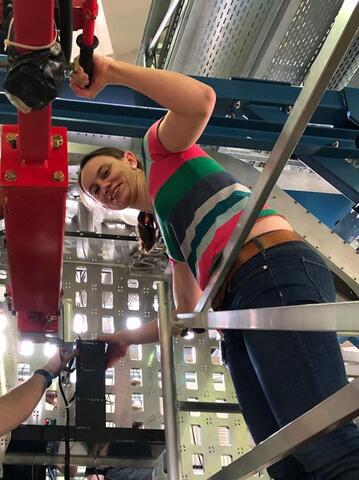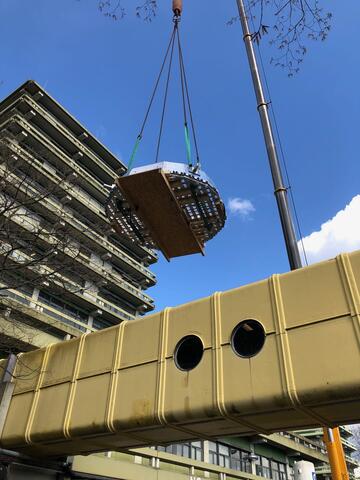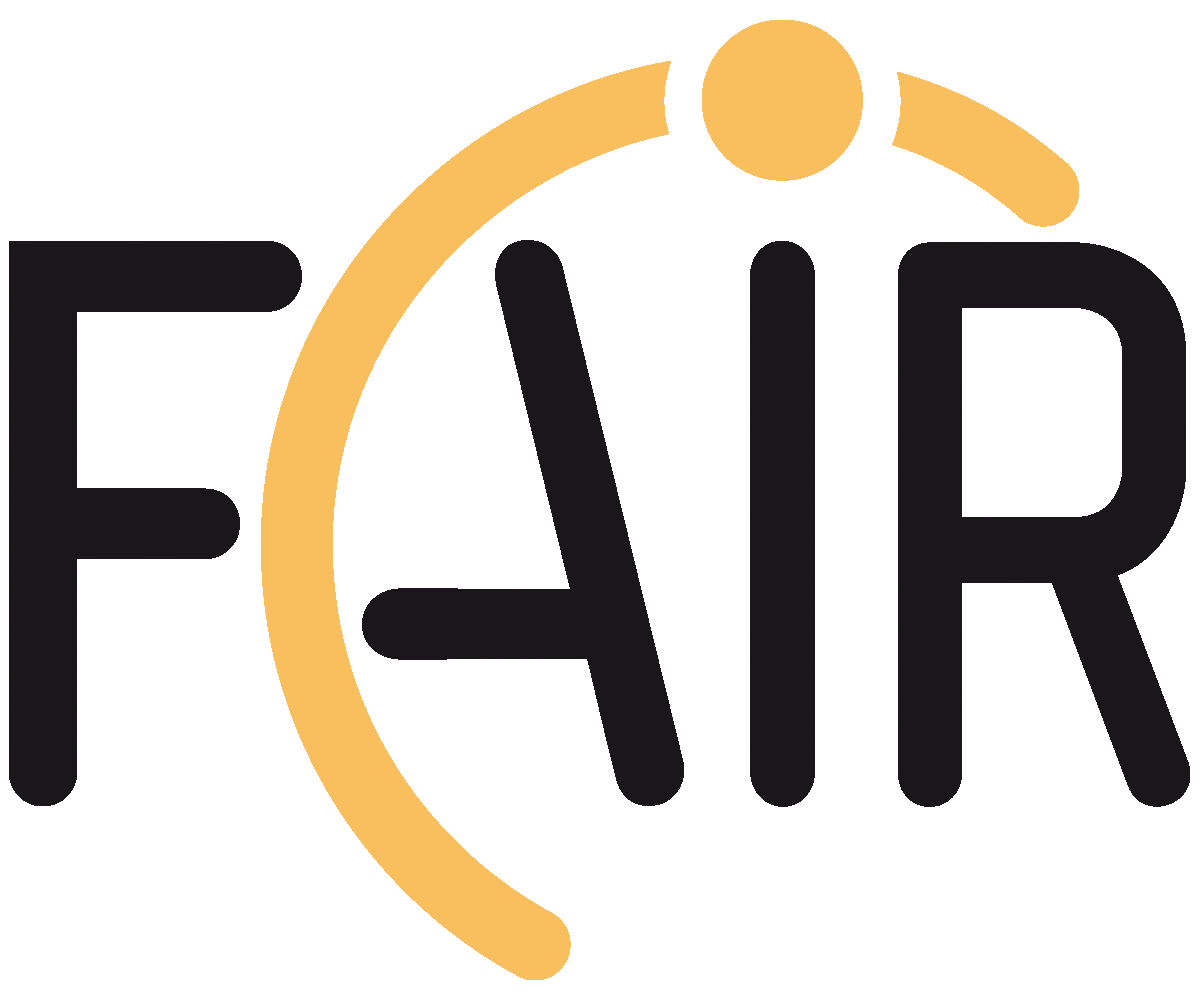Workshop „Physics Opportunities with Proton Beams at SIS100” was held in Wuppertal
PANDA meetings
04/03-08/03 2024 CM 24/1 in Münster
24/06-28/06 2024 CM 24/2 at GSI
25/06-26/06 2024 FEE/DAQ Workshop
04/11-06/11 2024 CM 24/3 at GSI
05/03-07/03 2025 WS at GSI
16/06-20/06 2025 CM 25 in Uppsala
Customization of the general fitting tool GENFIT2 in PandaRoot
Elisabetta Prencipe, Stefano Spataro, Tobias Stockmanns
PA-PRO-2017-001.pdf
(291.37 KB)
\panda is a planned experiment at FAIR (Darmstadt) with a cooled antiproton beam in a range [1.5; 15] GeV/$c$, allowing a wide physics program in nuclear and particle physics. It is the only experiment worldwide, which combines a solenoid field (B=2T) and a dipole field (B=2Tm) in a spectrometer with a fixed target topology, in that energy regime. The tracking system of \panda involves the presence of a high performance silicon vertex detector, a GEM detector, a Straw- Tubes central tracker, a forward tracking system, and a luminosity monitor. The offline tracking algorithm is developed within the PandaRoot framework, which is a part of the FairRoot project. The tool here presented is based on algorithms containing the Kalman Filter equations and a deterministic annealing filter. This general fitting tool (GENFIT2) offers to users also a Runge-Kutta track representation, and interfaces with Millepede II (useful for alignment) and RAVE (vertex finder). It is independent on the detector geometry and the B field map, and written in C++ o.o. modular code. Several fitting algorithms are available with GENFIT2, with user-adjustable parameters; therefore the tool is of friendly usage. A check on the fit convergence is done by GENFIT2 as well. The Kalman-Filter-based algorithms have a wide range of applications; among those in particle physics they can perform extrapolations of track parameters and covariance matrices. The impact of GENFIT2 on physics simulations performed for the \panda experiment is shown, with the PandaRoot framework: significant improvement is reported for those channels where a good low momentum tracking is required ($\rm{p_T} <$ 400 MeV/$c$





